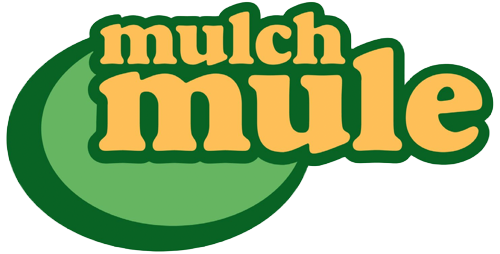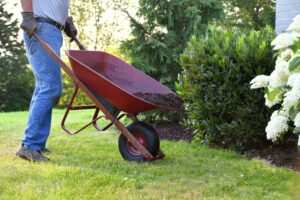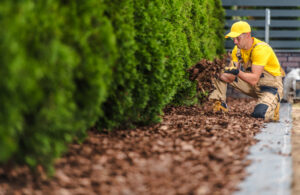Landscaping businesses operate amid a delicate balance of priorities: delivering high-quality results, meeting customer timelines, and ensuring profitability. Across the industry, many companies struggle to control expenses associated with labor—these costs are often the largest line item in a landscaper’s budget and can make or break the bottom line. When crews spend excessive time hauling heavy materials, performing manual tasks, or waiting on disorganized schedules, labor expenses can quickly escalate. Fortunately, employing the right strategies, tools, and workflow improvements can significantly reduce labor costs and free up resources for more profitable endeavors.
This article provides a comprehensive overview of practical, real-world tactics for curbing landscaping labor expenses. From establishing a clear scheduling process and adopting automation technologies to investing in targeted employee training and smarter hiring, the goal is to guide you toward optimized operations. Throughout this discussion, you’ll learn about common labor pitfalls, how to identify hidden inefficiencies, and important steps you can take to establish a more cost-effective and adaptable landscaping business model.
By embracing a multifaceted approach—including thorough planning, the right equipment, and consistent performance monitoring—you can reduce overtime, prevent cost overruns, and streamline manual tasks. Furthermore, innovations in specialized machinery, like the Mulch Mule Trailer, can reduce manual labor demands and improve jobsite safety.
Let’s explore how to evaluate your current workflows, plan effectively for high and low seasons, and build an operation that maximizes employee output and client satisfaction.
The Rising Challenge of Labor Costs in Landscaping
In the landscaping industry, labor expenses typically account for a substantial percentage of total operational costs. With constantly shifting client demands, seasonal peaks, unforeseen weather delays, and rising wages, managing these unpredictable variables becomes increasingly complex. Many landscaping companies face challenges like:
- Extended project timelines caused by manual tasks that slow productivity.
- High turnover rates driven by physically demanding work conditions.
- Ongoing safety risks from repetitive lifting and transporting heavy materials.
- Inefficient job scheduling that leads to downtime or overlapping crew assignments.
Such factors drive higher labor expenditures. Data from organizations such as the Bureau of Labor Statistics highlights the physical demands and risks associated with landscaping work, emphasizing the need for safe practices and proper equipment to keep costs under control.
When crews must spread mulch or haul stone manually, hours add up quickly. Tackling these issues demands a structured approach—starting with clear insight into where your labor budget is being expended and implementing deliberate strategies to ensure each crew member’s time is used effectively.
Why Labor Costs Are So High in Landscaping
Many business owners find it challenging to identify why their labor costs are consistently rising, even if project volumes remain steady. Several underlying factors contribute to these persistent high labor expenses:
- Manual Material Handling: Moving mulch, soil, aggregate, or debris by hand consumes significant time and effort, especially when specialized equipment is lacking.
- Limited Crew Specialization: Without clearly designated roles, crew members may perform tasks outside their expertise, resulting in slower completion rates.
- Seasonal Fluctuations: The seasonal nature of tasks—from spring clean-ups to fall leaf removal—can strain workforce scheduling when demand surges.
- Inconsistent Training Practices: Without regular, focused training, mistakes, safety lapses, and inefficiencies often increase. Structured training can not only improve safety practices but also contribute to better retention, even though precise impacts may vary.
- Travel and Logistics: Inefficient route planning often leads to prolonged driving times between job sites, exacerbating labor costs.
By identifying these issues, landscaping companies can implement targeted improvements. Reducing labor costs doesn’t necessarily mean hiring fewer workers—it means using your workforce more strategically.
Analyzing Labor Allocation

Before implementing sweeping changes, pinpoint exactly where your labor dollars are being spent. Analyze your operations to uncover inefficiencies and “burn points” in labor spending by reviewing routine tasks such as:
- Material Movement: Assess the hours spent loading, transporting, and unloading materials. Could specialized equipment speed up these processes?
- Idle Crew Time: Determine if teams frequently wait for necessary equipment, materials, or assignments.
- Redundant Processes: Identify tasks that could be consolidated, allowing fewer workers to complete them effectively.
Detailed analysis using shift logs, timesheets, and job-cost data can reveal inefficiencies. Advanced digital record-keeping tools that trace employee movements and task durations are particularly useful for highlighting bottlenecks. Armed with this knowledge, you can restructure responsibilities and consolidate tasks so that every worker’s time is aligned with value-generating activities.
Optimizing Job Scheduling and Workflow
Improving job scheduling and workflow streamlines operations and reduces unnecessary labor costs. Some key strategies include:
- Utilize Modern Scheduling Tools: Transition from whiteboards and sticky notes to digital scheduling platforms. These systems make it easier to reassign tasks in real time, track changes, and maintain historical data.
- Implement Efficient Route Planning: Optimized route planning minimizes drive times between jobs. Tools that analyze traffic patterns and geographical data can significantly cut down on wasted time and fuel.
- Adopt Staggered Shifts and Task Batching: For larger or specialized jobs, consider scheduling teams sequentially rather than having overlapping assignments. This approach reduces confusion and maximizes equipment usage.
- Incorporate Buffer Periods: Allow for small breaks between tasks to accommodate minor delays, thereby keeping schedules on track.
Collectively, these measures lead to not only improved employee satisfaction but also quicker job completion and overall greater productivity.
Harnessing Automation and Equipment
Investing in the right automation tools can significantly enhance productivity and reduce labor costs in the long term. Consider machinery designed to handle repetitive or strenuous tasks, freeing your team to focus on areas where human expertise is most effective.
Automated Material Handling
Automation systems, such as motorized wheelbarrows or advanced live floor trailers, can reduce manual labor in material handling. Equipment like the Mulch Mule trailer—featuring a live floor system—has been reported to improve efficiency by streamlining material loading and unloading. While specific case details vary, many landscaping firms have witnessed improvements that may lower both labor requirements and injury risks, potentially leading to a quicker return on investment.
Year-Round Versatility
Automation isn’t just for spring or summer tasks. Many pieces of equipment offer year-round functionality by adapting to various jobs—whether it’s leaf vacuuming in the fall or aggregate transport during winter. This versatility contributes to consistent productivity throughout the year and better allocation of the workforce.
Considerations and Limitations
It’s important to note that while automated equipment can provide significant benefits, they also require higher initial investments and periodic training for effective use. Additional training time and storage considerations may be necessary. Reviewing maintenance and service guidelines, such as those available on equipment service pages, will help ensure that your investment aligns with your long-term goals.
Training and Retention: A Key to Long-Term Savings
Even the most advanced machinery can’t fully compensate for inefficient practices if employees aren’t properly trained. Ensuring your team is well-versed in safety protocols, equipment usage, and best practices is fundamental to operational efficiency and improved retention.
Invest in Comprehensive Training
Robust training programs—whether delivered via workshops, on-the-job sessions, or online platforms—are essential for building the necessary skills among employees. Regular sessions focusing on safety procedures and proper equipment handling are known to enhance workplace safety and boost morale. While structured training programs are generally associated with reduced mistakes and improved retention, the specific numerical impacts can vary.
Employee Engagement and Growth
Creating an environment where employees feel valued and part of a learning culture helps reduce turnover. Encouraging staff to share ideas and providing clear paths to career advancement can lead to improved job satisfaction, which in turn stabilizes labor costs over time.
Smarter Use of Subcontracting and Seasonal Labor
Hiring subcontractors or temporary workers during peak demand periods can offer flexibility, especially for specialized tasks. However, it’s crucial to manage these arrangements carefully to avoid excessive spending.
Outsourcing tasks like irrigation or tree trimming can be cost-effective when specialized skills are required. At the same time, during peak seasons, bringing in temporary labor can help your core staff focus on more complex duties. Clear communication, concise job descriptions, and even short training sessions for temporary workers can optimize these efforts further.
Measuring and Managing Labor with KPIs
To effectively manage labor costs, it’s essential to measure performance through Key Performance Indicators (KPIs). Two particularly useful metrics are:
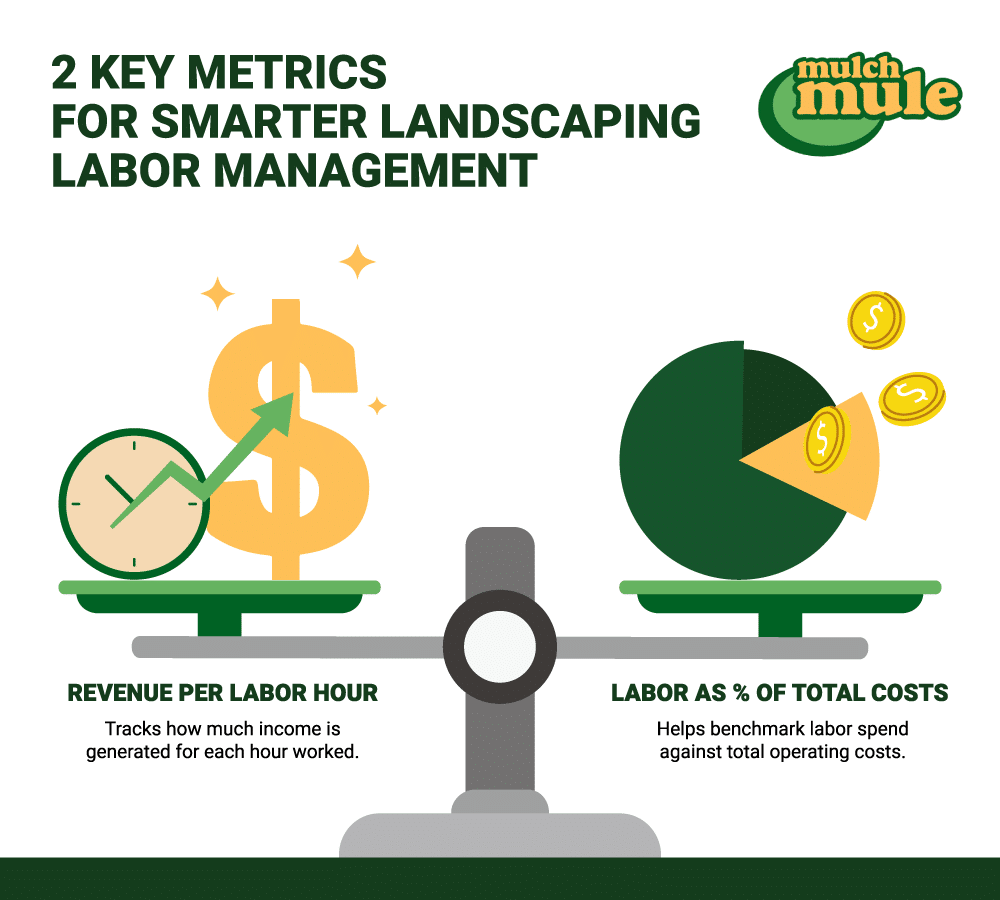
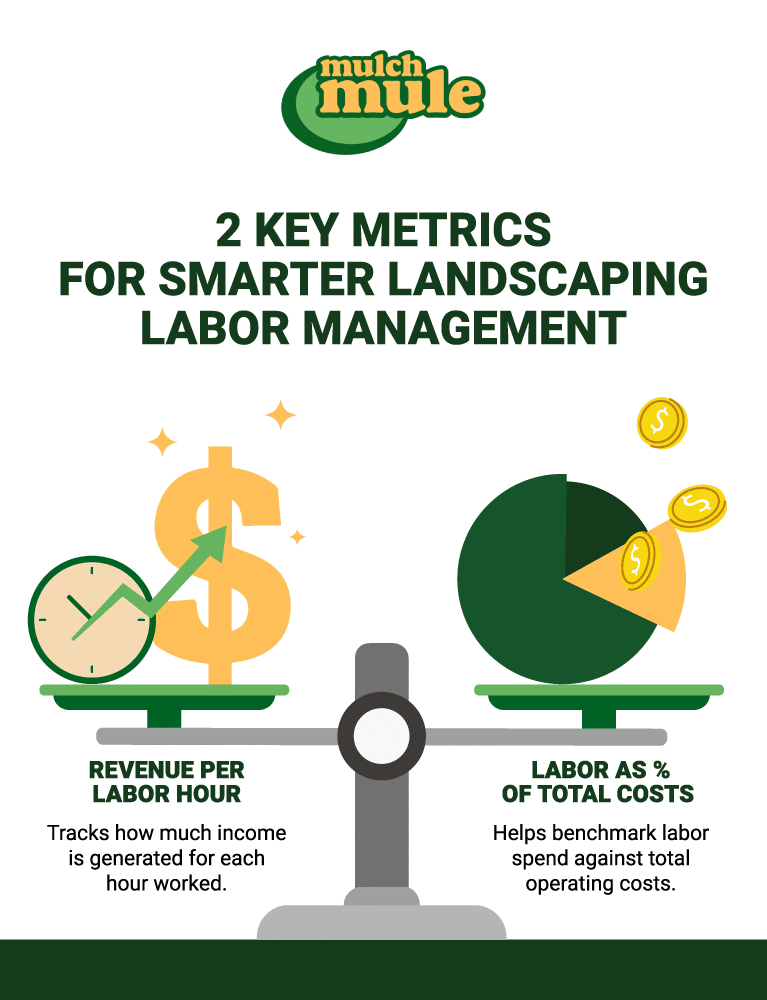
- Revenue per Labor Hour: This metric shows the revenue generated for each hour worked, helping identify inefficiencies where labor is not directly contributing to income.
- Labor as a Percentage of Total Costs: Maintaining this ratio within industry benchmarks can signal whether labor spending is in line with overall operational efficiency.
Regular tracking of these KPIs, coupled with adjustments to equipment, scheduling, and training, can lead to continuous improvements in labor management.
Protecting Employee Health While Reducing Costs

A frequently overlooked aspect of labor management is employee health and safety. Manual tasks and strenuous physical work can lead to injuries that not only affect workers but also drive up replacement and compensation costs. Implementing ergonomic equipment, scheduling regular breaks, and promoting hydration and safe work practices can reduce injury-related downtime and lower associated costs.
Safety incentive programs also contribute by reinforcing a culture where employees are vigilant about safety practices. Over time, maintaining health and safety standards can reduce workers’ compensation claims and foster a more experienced, stable workforce.
Maximizing Equipment ROI Through Year-Round Usage
Investments in advanced machinery, such as those with automated live floor systems, should be leveraged across a range of applications and seasons. When equipment can be used flexibly for tasks like mulching, debris handling, or transporting materials, its cost is spread over multiple functions. This versatility can boost productivity and improve the ratio of labor cost to overall expenses.
Planning for Seasonal Peaks and Valleys
Seasonality plays an inherent role in landscaping work. Proper planning for both busy and slow periods ensures that labor costs remain manageable throughout the year. Techniques such as accurate demand forecasting, cross-training employees, and scheduling maintenance during off-peak times are essential for maintaining operational efficiency and managing labor costs during demand fluctuations.
Reduce Labor Costs with Modern Equipment
Reducing labor costs in landscaping requires a balanced approach that integrates strategic planning, targeted training, technology investments, and robust performance measurement. By analyzing your daily operations, optimizing job scheduling, adopting advanced machinery like live floor systems, and engaging employees through consistent training, you can lessen inefficiencies and improve overall business outcomes.
A long-term strategy that harmonizes digital scheduling, automation tools, and workforce training not only trims labor expenses but also fosters a workplace environment that attracts and retains top talent. These integrated efforts contribute to improved safety, productivity, and profitability in the landscaping industry.
Ready to see how modern equipment and strategic planning can transform your operations? Explore the latest innovations and learn more about streamlining your landscaping business by contacting one of our experts at Mulch Mule today.
